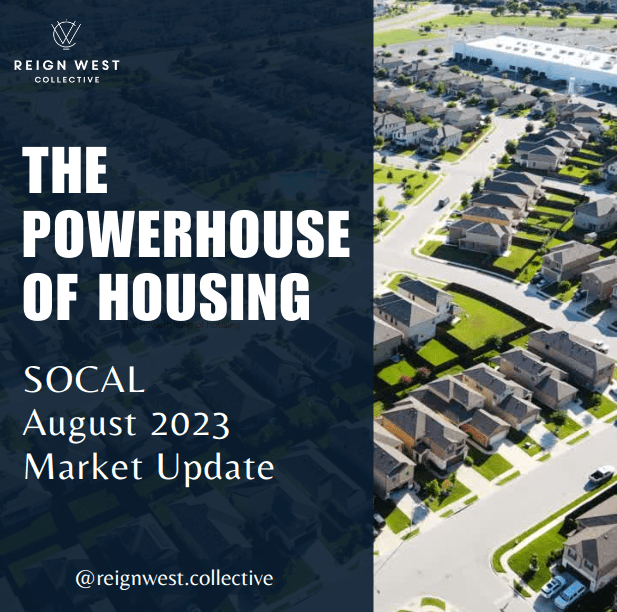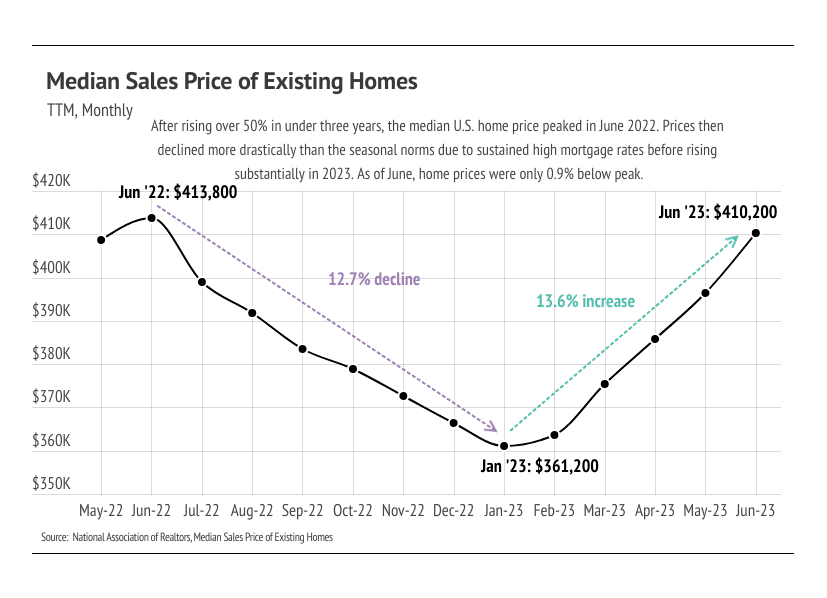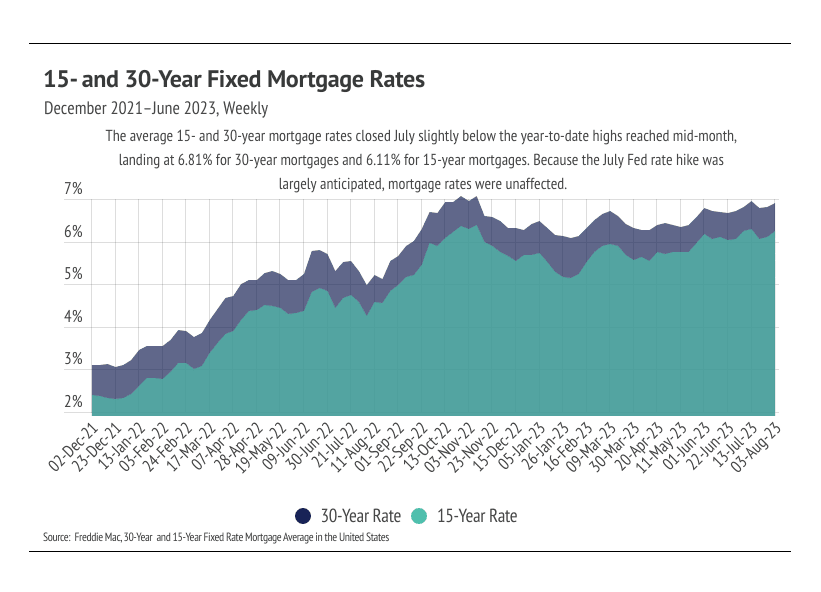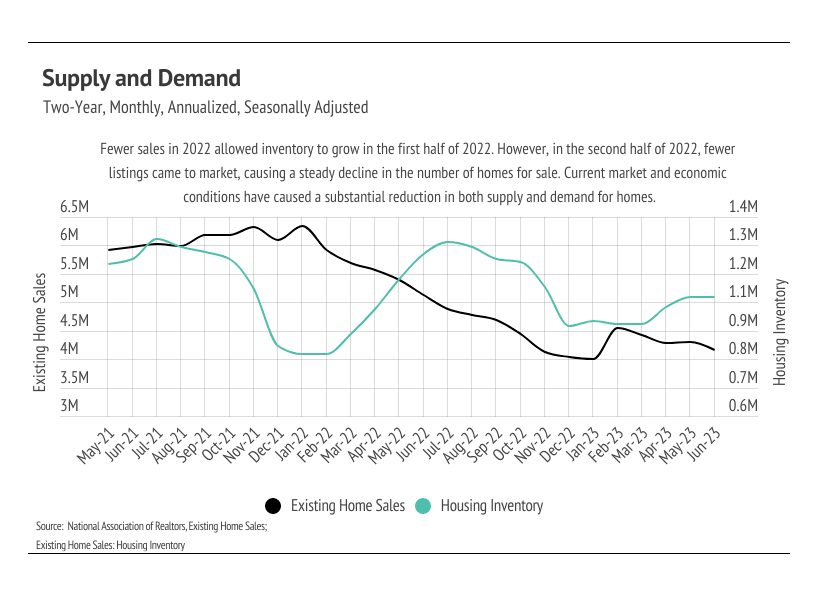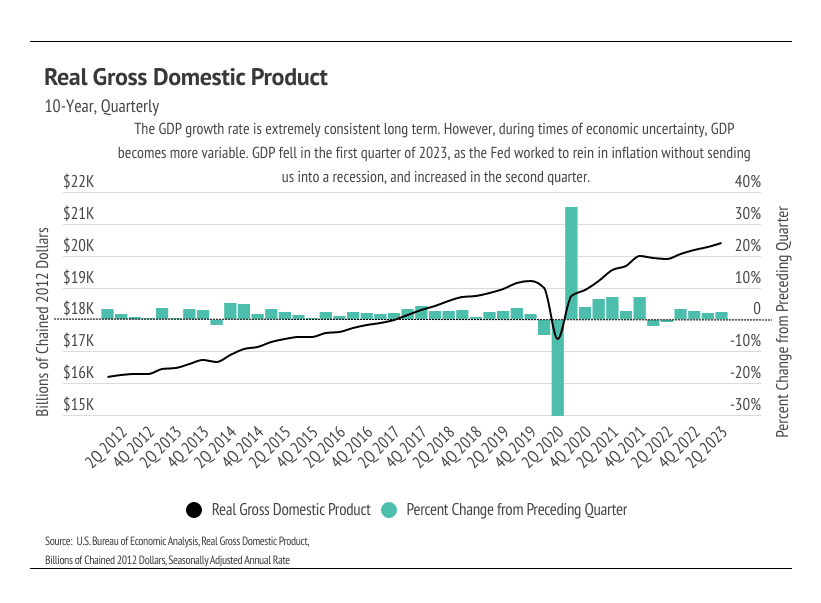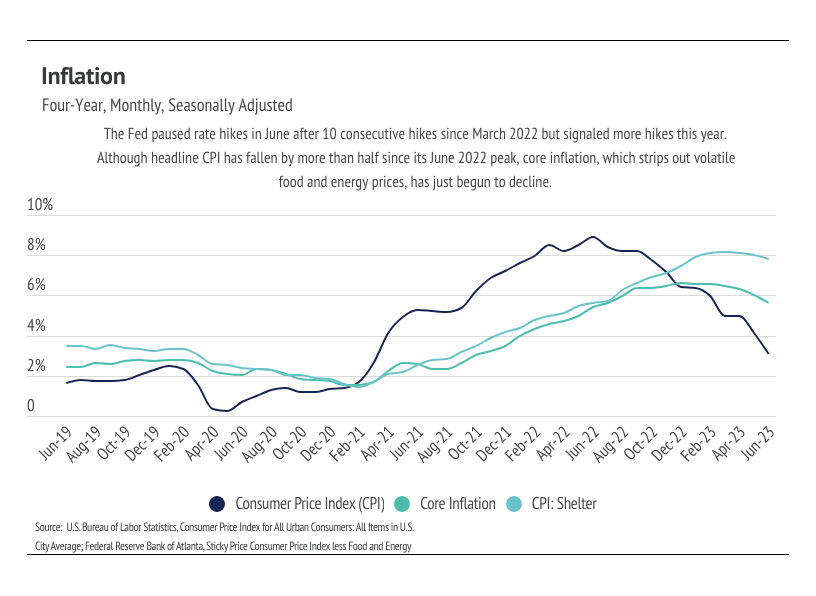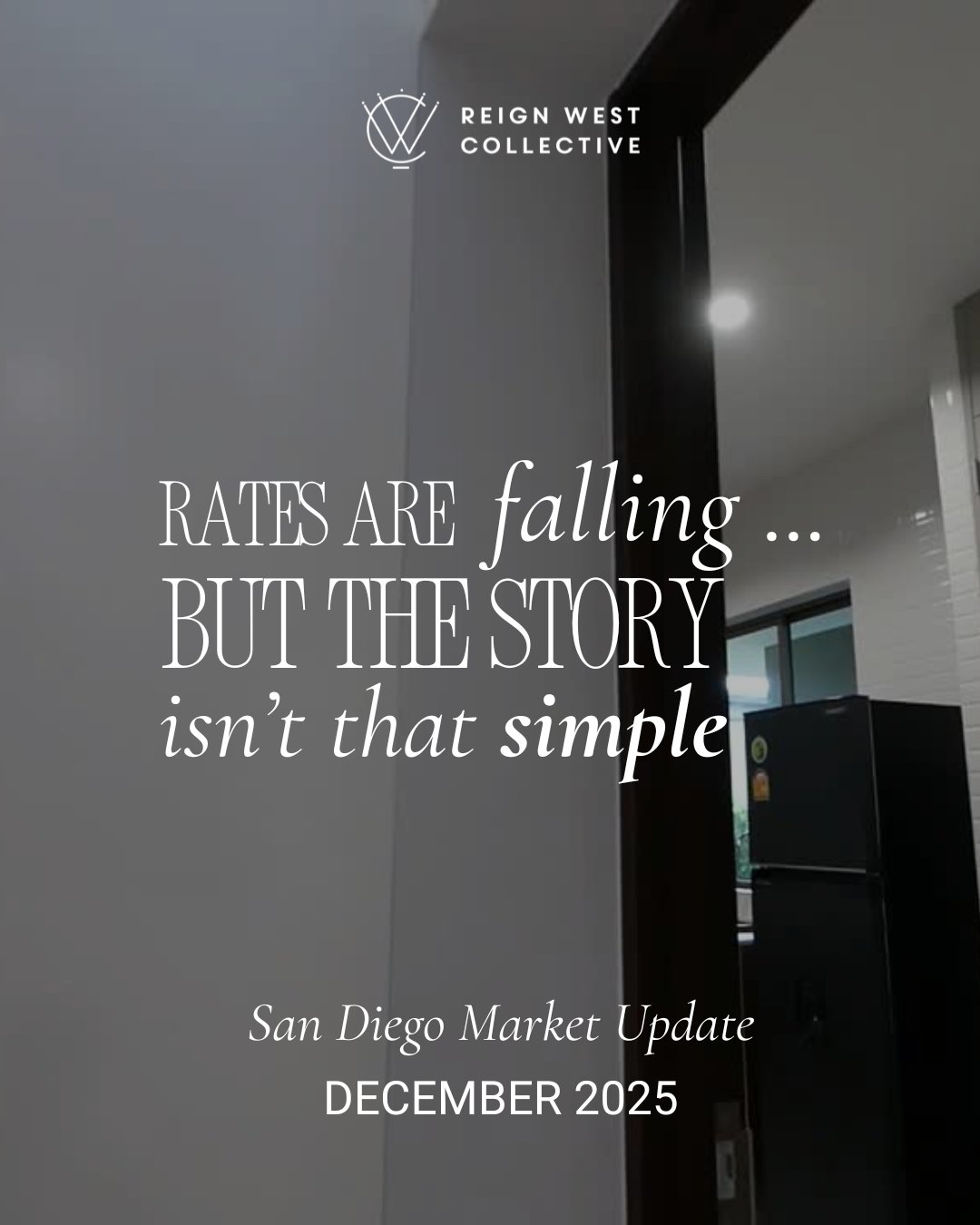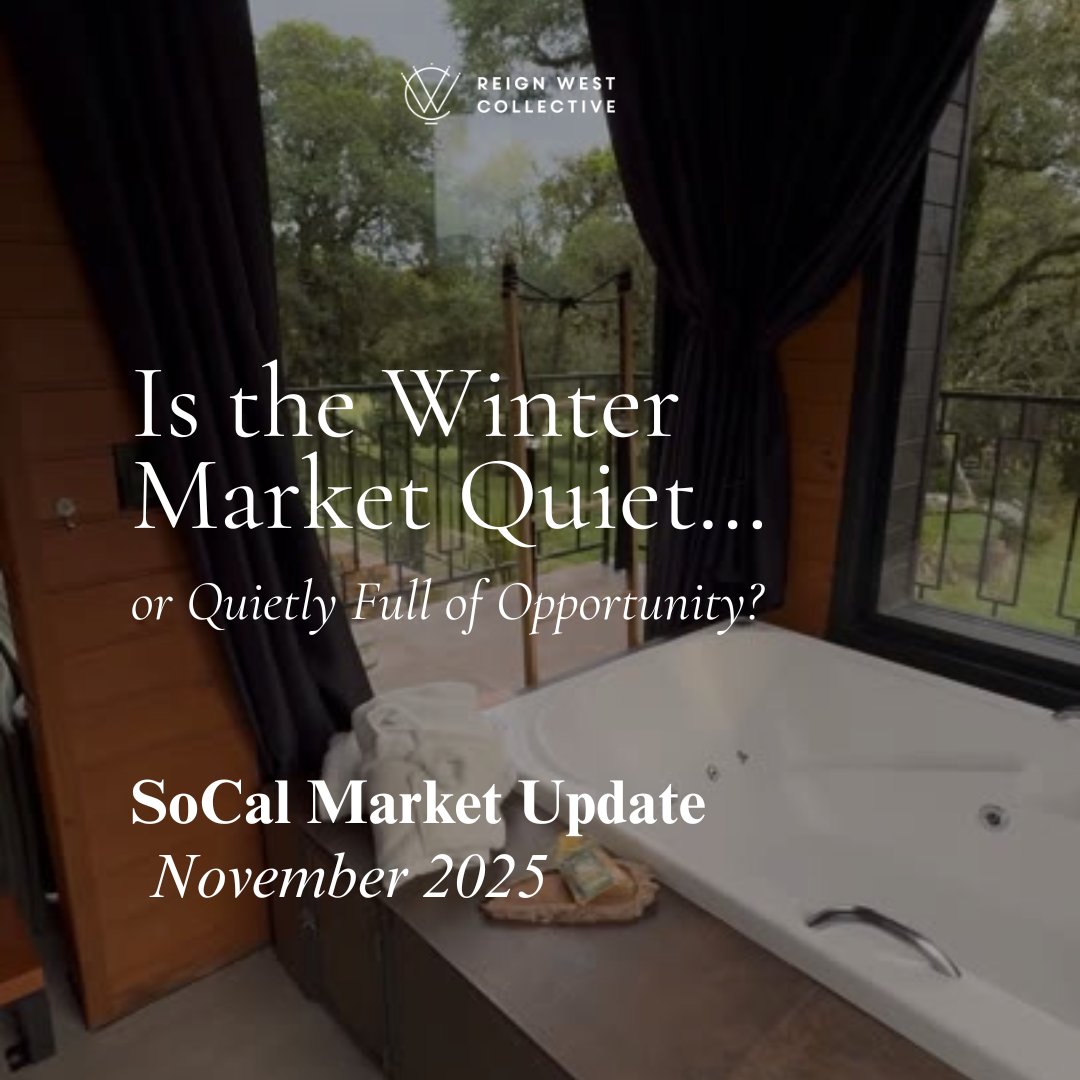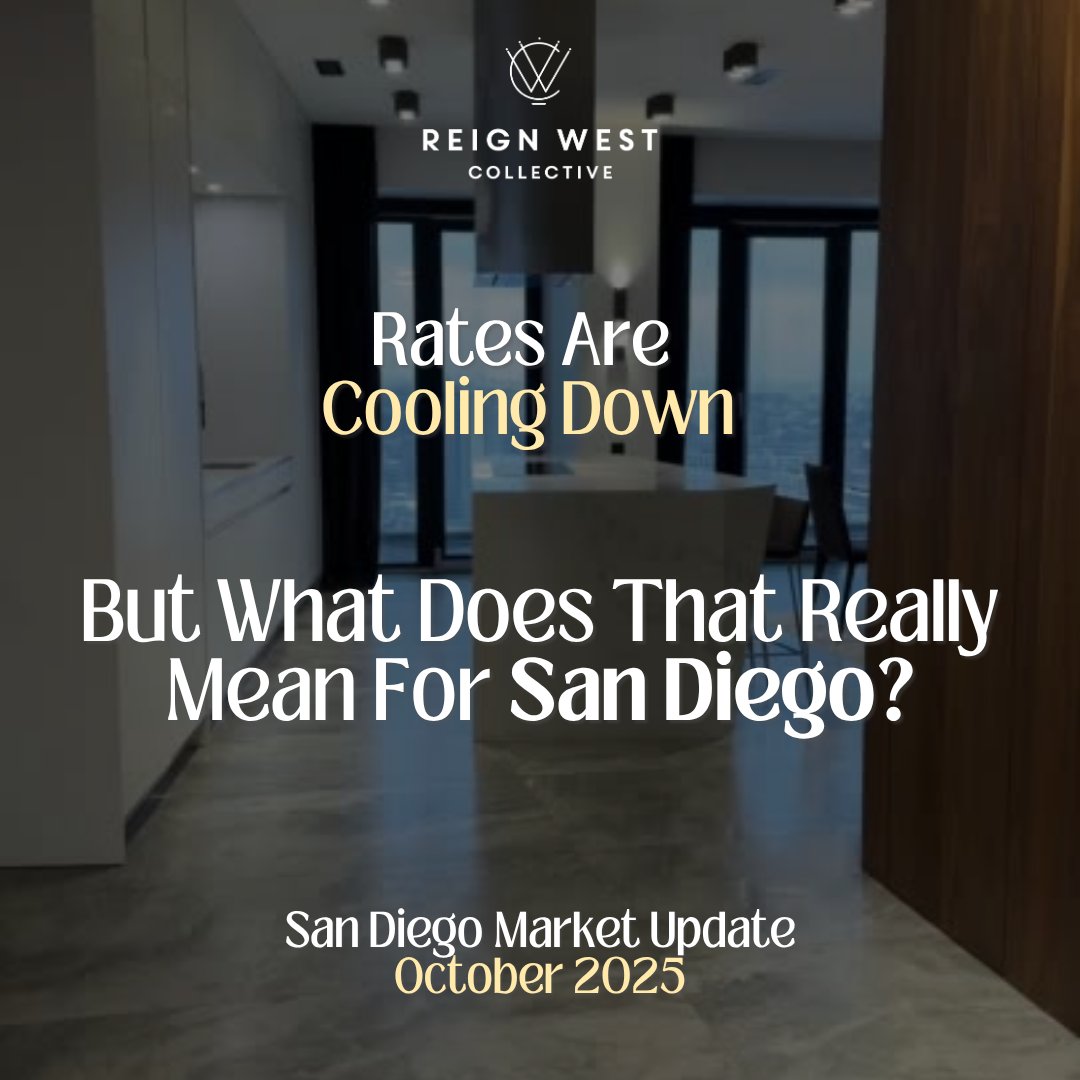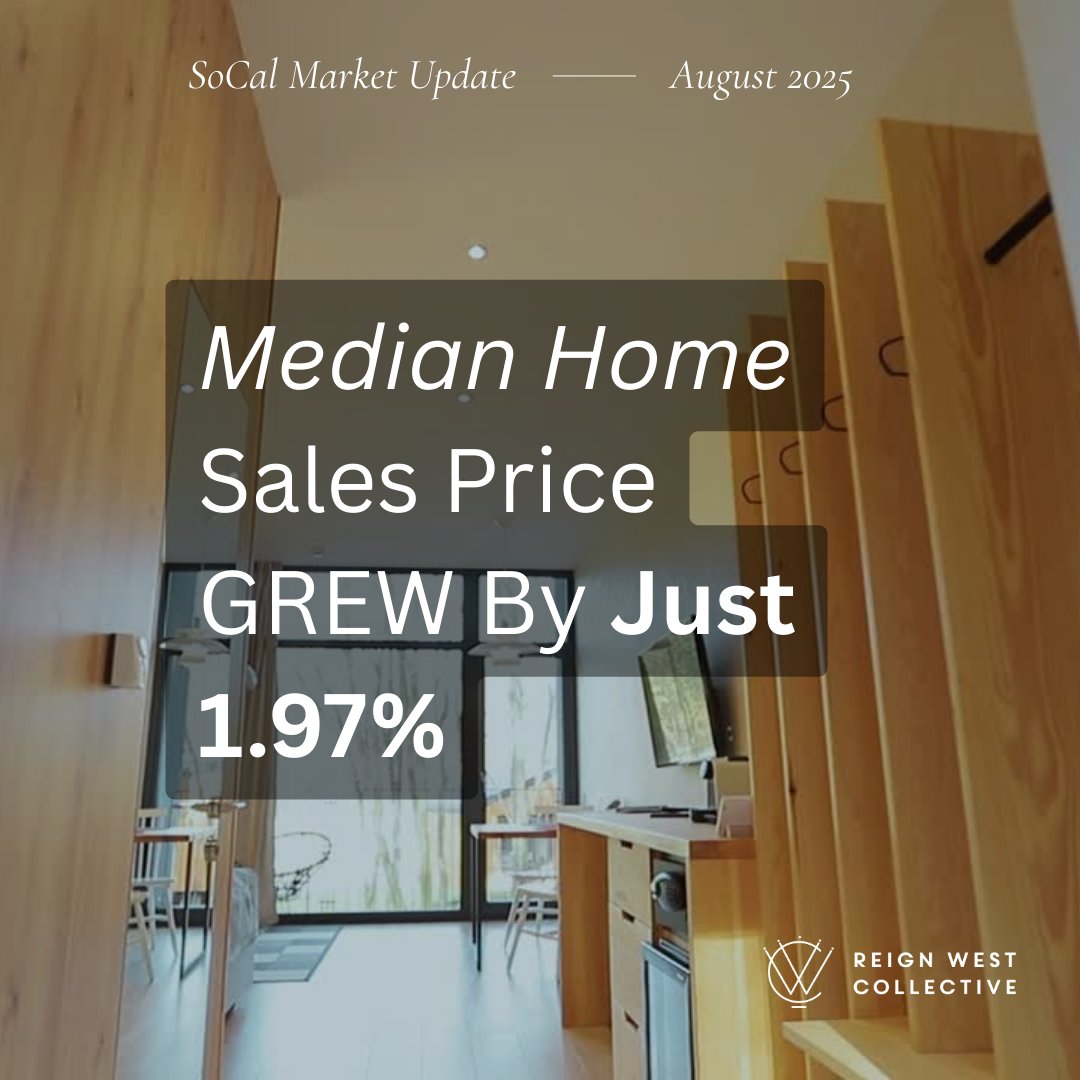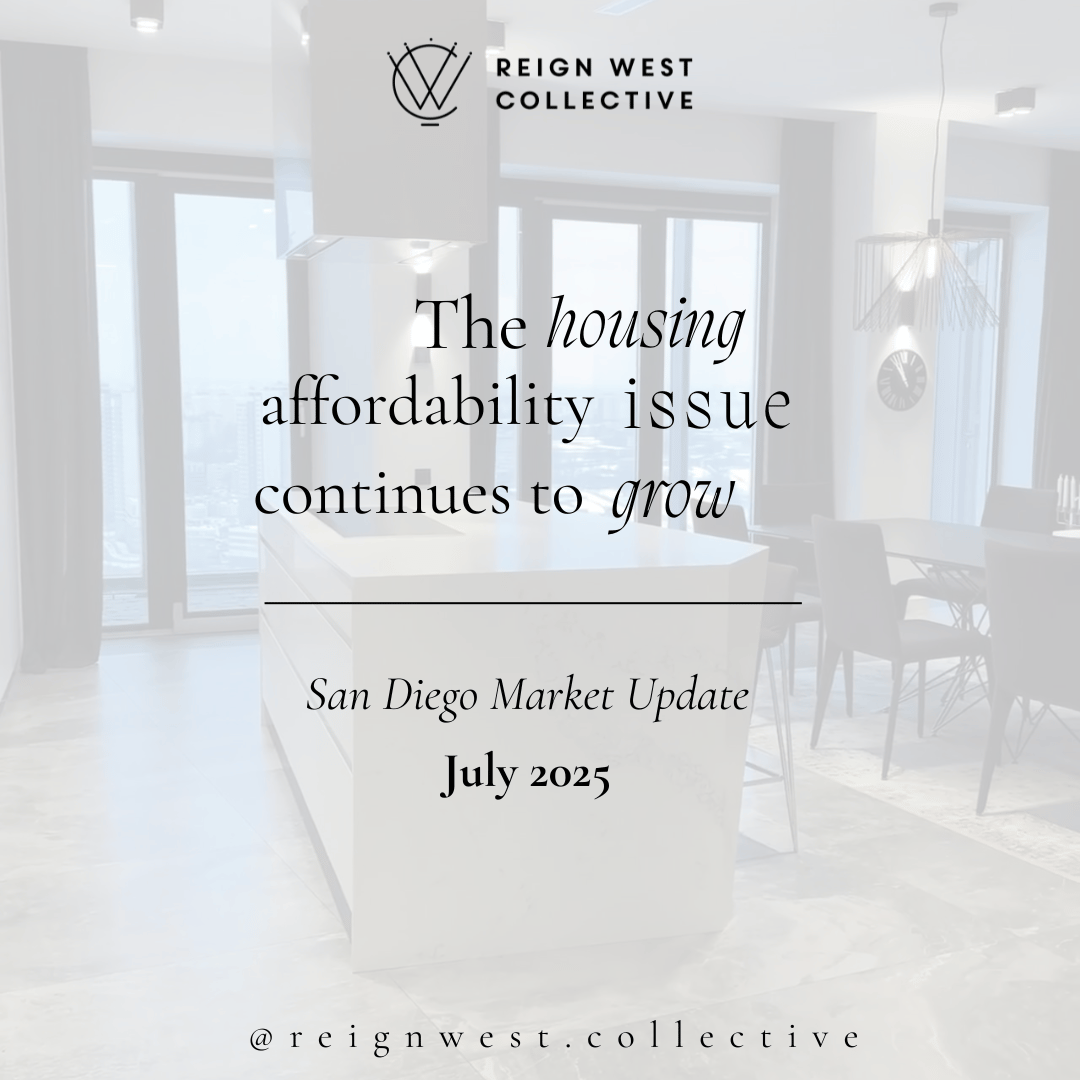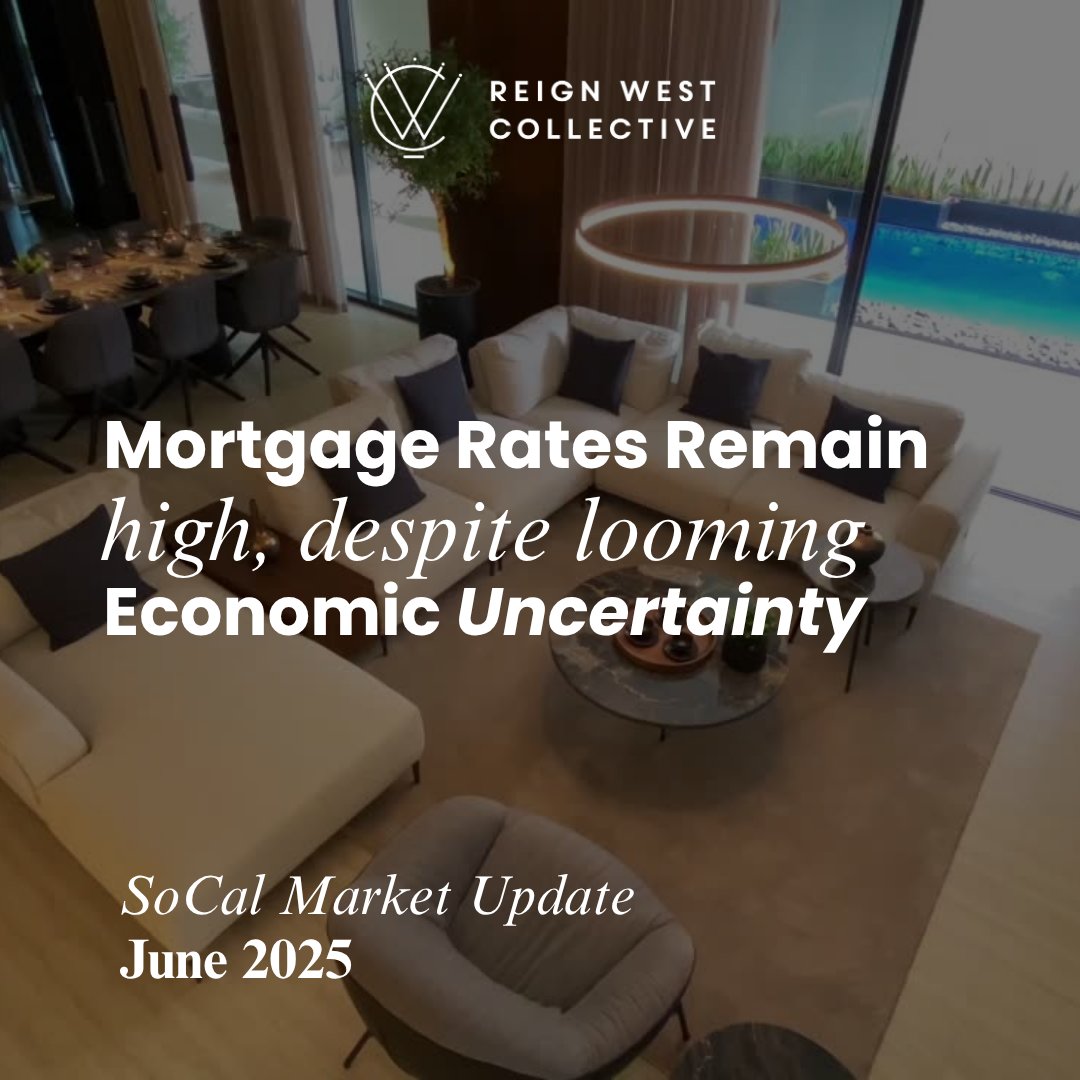At the start of 2023, the economic consensus resoundingly predicted an impending recession, which has yet to come, and we’re happy to say that consensus has shifted to moderate economic growth. A “soft landing” — reducing inflation without a recession — seems more likely than ever. The economy is far from perfect, but the effect of largely positive economic news eventually leads to a more positive economic outlook from the average person. Job creation and GDP growth in the first half of 2023 have significantly beat expectations. Inflation is declining rapidly, and consumer confidence is the highest it’s been since February 2022. We can largely attribute the bounce in home prices to consumer perception, but consumer perception isn’t the only factor. Home prices certainly rose as recession worries subsided, even in the face of elevated mortgage rates. Supply, or lack thereof, has been the other major factor in the price rebound. Low, but growing inventory allowed for prices to increase quickly.
Housing doesn’t follow an Economics 101 supply-and-demand problem in part because it isn’t a commodity good. Inventory rising from near historic lows actually helps prices because more buyers can find a desirable home. During times of normal seasonality (at least pre-pandemic), inventory, new listings, sales, and prices all increase from January to July and decline from July to January. Any movement away from the hyper-low post-pandemic inventory levels is good for matching buyers with the right home, because buyers like enough selection to find the home they want in their desired location. Price appreciation this year indicates that even though sales are low, buyers are finding the homes they want.
During the Fed’s July meeting, board members decided unanimously to raise the federal funds rate for the 11th time since March 2022 to its highest level since 2001. Although headline inflation (Consumer Price Index, or CPI) is down by nearly two-thirds since it hit 9% last June, core inflation, which removes volatile food and energy prices from the inflation calculation, has only declined 15%. A large component to core inflation is shelter. The CPI for shelter is only down 5% from the March 2023 peak. This isn’t exactly surprising, considering how close prices are to their peak. The Fed stated they would take future rate hikes on a meeting-by-meeting basis. However, this was before Fitch downgraded U.S. credit on August 1. At best, the downgrade will have little to no impact on interest rates, but if it does have any effect, it will move rates higher. The average 30-year mortgage rate hit 6.81% at the end of July and 6.90 the first week of August. Based on weekly data ending August 3, we expect the average 30-year mortgage rate to hover between 6.25% and 7.25%.
Different regions and individual houses vary from the broad national trends, so we’ve included a Local Lowdown below to provide you with in-depth coverage for your area. In general, higher-priced regions (the West and Northeast) have been hit harder by mortgage rate hikes than less expensive markets (the South and Midwest) because of the absolute dollar cost of the rate hikes and the limited ability to build new homes. As always, we will continue to monitor the housing and economic markets to best guide you in buying or selling your home.
|
|
|
